Introduction
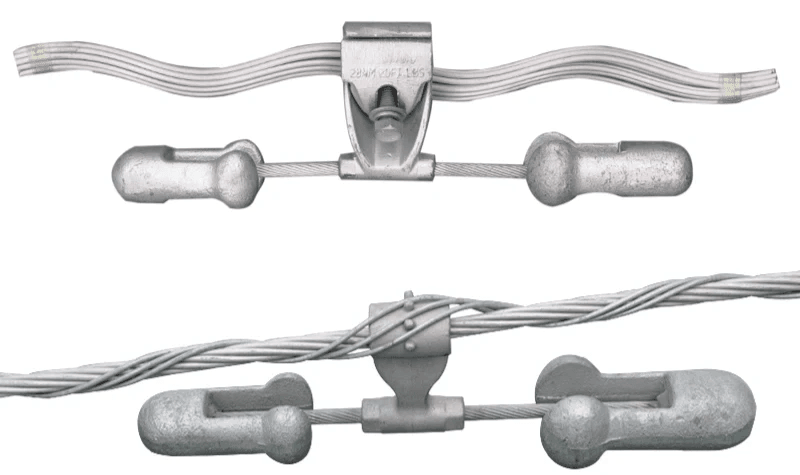
Understanding Guide Wires for Power Poles
A guide wire electrical system helps support power poles, ensuring they remain upright against environmental forces like wind and ice. These wires are typically tensioned to provide lateral support, preventing leaning or tipping that could disrupt power distribution. Understanding how these wires operate can help you appreciate their importance in our daily lives.
Differentiating Guy Wire and Guide Wire
While guy wire and guide wire are often used interchangeably, they refer to slightly different concepts within the industry. A guy wire usually refers to a tensioned cable that supports structures like towers or poles, while a guide wire may have more specific applications related to stabilization without direct tensioning. Knowing this distinction helps clarify what kind of wire is on power poles and why it's important for overall infrastructure integrity.
Importance of Choosing the Right Wire
Selecting the appropriate type of guide wire for power pole installations is vital for ensuring long-term reliability and safety. Factors such as load capacity, material strength, and environmental exposure must be considered when making your choice. In addition to choosing wisely from options like a Guy Wire Line Kit or consulting a stay wire manufacturer and supplier, proper installation practices will significantly affect performance outcomes as well.
What is a Guide Wire for Power Poles

Definition and Purpose
A guide wire is essentially a tensioned wire that helps stabilize power poles against lateral forces such as wind or the weight of attached cables. The primary purpose of these wires is to maintain the vertical alignment of the pole, preventing it from swaying or collapsing under strain. This stability is crucial, especially in areas prone to harsh weather conditions where power pole integrity can be compromised.
Key Components of a Guide Wire
The key components of a guide wire include high-strength steel cables, anchors, and fittings that secure the wire to both the pole and the ground. These components work together to create a robust system capable of withstanding significant tension and environmental stressors. Additionally, proper installation using products like Guy Wire Line Kits ensures that all elements function optimally for long-lasting support.
Common Applications in Electrical Systems
Guide wires are commonly used in various electrical applications, particularly where additional support for power poles is necessary. They are especially prevalent in rural areas where poles may be spaced farther apart and need extra reinforcement against natural elements. Furthermore, understanding whether you need a guide wire or guy wire can help you make informed decisions when selecting materials from manufacturers or suppliers specializing in stay wires.
Is the Term Guy Wire or Guide Wire?
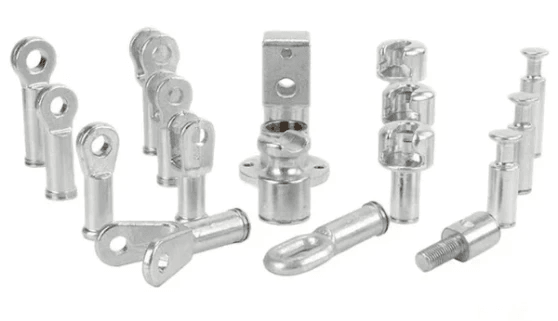
Exploring the Terminology
The confusion between guy wire and guide wire for power poles is common. A guy wire typically refers to a tensioned cable used to stabilize structures like utility poles, while a guide wire serves a more specific purpose in directing and supporting electrical lines. Knowing these definitions sets the stage for better comprehension of what is a guide wire electrical and its role in maintaining power distribution integrity.
Contextual Usage in the Industry
In industry discussions, you'll often hear professionals use both terms without much thought about their distinct meanings. However, when selecting equipment or discussing installation techniques—like how to select guy wire—it's essential to use the correct terminology. This clarity can prevent costly mistakes and ensure that everyone involved understands whether they’re dealing with stabilization (guy wires) or guidance (guide wires).
Common Misconceptions
One prevalent misconception is that all wires associated with power poles are either guy wires or guide wires without any overlap in functionality. In reality, while both types serve unique purposes within electrical systems, they may occasionally be confused due to their similar names and appearances. Additionally, many assume that all power pole wires are insulated; however, understanding whether power pole wires are insulated requires a deeper dive into their types and applications.
What Kind of Wire is on Power Poles?
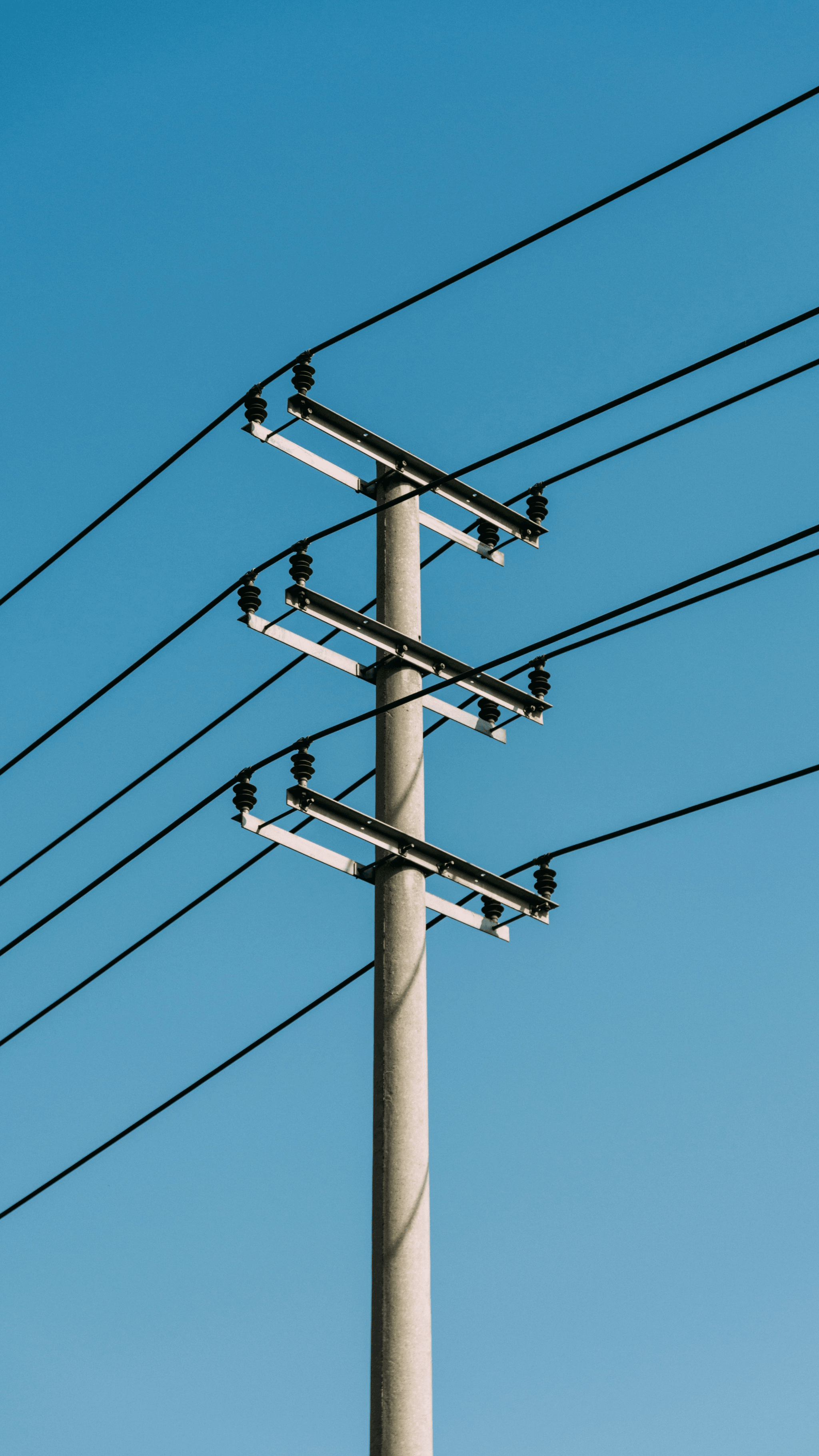
Types of Wires Used
Power poles typically feature several types of wires, including conductors, guide wires for power poles, and guy wires. Conductors are responsible for transmitting electricity from one point to another; they can be made from materials like aluminum or copper due to their excellent conductivity. Meanwhile, guide wire for power pole applications provides structural support by stabilizing the pole against wind or other forces, while guy wire line kits offer additional tensioning solutions.
Their Role in Power Distribution
The primary role of these wires is to ensure reliable and safe electricity distribution across various distances. Conductors carry the electrical current necessary for powering homes and businesses while minimizing energy loss during transmission. Guide wires play a supporting role by keeping the poles upright and secure; without them, a sudden gust of wind could lead to disastrous consequences—think fallen lines or even blackouts!
Insulation Considerations
Insulation is a vital aspect when discussing what kind of wire is on power poles since it directly impacts safety and performance. Electrical conductors are often insulated with materials such as polyethylene or rubber to prevent accidental contact with other objects or individuals—after all, nobody wants an unexpected shock! Additionally, insulated guide wire for power pole setups helps protect against environmental factors like moisture that could lead to corrosion over time.
How to Select Guy Wire
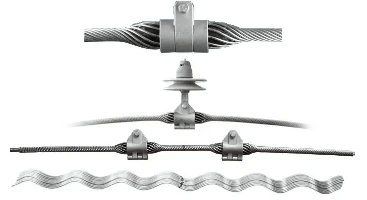
Selecting the right guy wire for power poles is crucial for ensuring stability and safety in power distribution systems. With various options available, it can be overwhelming to determine which type best suits your needs. Understanding the key factors involved in choosing a guide wire will help streamline your decision-making process.
Key Factors to Consider
When selecting a guy wire, consider the load it will bear, the environmental conditions it will face, and the specific application requirements. The strength of the guide wire for power poles must align with the anticipated tension and weather-related stresses, such as wind or ice loads. Additionally, materials used should be durable enough to withstand corrosion if exposed to harsh elements.
Another essential factor is the diameter of the wire; thicker wires generally provide greater strength but may also add unnecessary weight and cost. You should also think about how easy it is to install and maintain; some installations may require specialized tools or expertise that could complicate matters down the line. Lastly, ensure that you are compliant with local regulations regarding power pole installations when selecting your guy wire.
Recommended Products from Spark Fittings
Spark Fittings offers a range of high-quality products designed specifically for electrical systems and power pole applications. The Guy Wire Line Kit is an excellent choice for those looking for reliable solutions that meet industry standards while providing excellent performance under load conditions. This kit includes everything you need—from connectors to tensioners—to ensure a secure installation.
In addition to complete kits, Spark Fittings provides various sizes of guide wires tailored for different applications, making them a versatile option for any project involving power poles. Their products are engineered with durability in mind, ensuring they withstand both mechanical stress and environmental challenges over time. By choosing Spark Fittings as your stay wire manufacturer and supplier, you can rest assured that you're investing in quality materials designed for longevity.
Best Practices for Installation
Proper installation is just as important as selecting the right guide wire electrical components; following best practices can significantly enhance safety and performance outcomes. Begin by carefully reviewing installation guidelines provided by manufacturers like Spark Fittings to ensure compliance with all specifications related to their products—this includes proper tensioning techniques and anchoring methods.
When installing your guy wire on power poles, make sure each connection point is secure but not overly tight; this balance helps prevent potential damage from excessive stress while maintaining structural integrity during adverse weather conditions. Additionally, always conduct routine inspections after installation; checking connections regularly ensures long-term reliability and allows you to address any wear or corrosion issues before they become problematic.
Are Power Pole Wires Insulated?

Importance of Insulation
Insulation is vital for several reasons. First and foremost, it acts as a barrier against electrical shock, safeguarding both maintenance workers and the general public. Additionally, proper insulation helps reduce energy loss by minimizing leakage currents, which can be particularly beneficial in long-distance power transmission using guide wires or guy wires.
Moreover, without adequate insulation, moisture and contaminants can infiltrate the wiring system, leading to corrosion and potential failures. This concern is especially relevant when discussing what kind of wire is on power poles; insulated wires are designed to withstand harsh weather conditions while maintaining their integrity over time. In short, insulation not only enhances safety but also prolongs the lifespan of electrical systems.
Types of Insulation Materials
Various materials are used for insulating power pole wires, each with its own set of advantages. Common options include polyethylene (PE), cross-linked polyethylene (XLPE), and ethylene propylene rubber (EPR). These materials provide excellent resistance to UV rays, moisture, and temperature fluctuations—key factors that contribute to the longevity of guide wire electrical systems.
Another noteworthy option is silicone rubber insulation which offers remarkable flexibility even in extreme temperatures. When selecting a guy wire line kit or any other wiring components from a stay wire manufacturer and supplier, it's essential to consider these insulation types based on your specific application needs. Each material has unique properties that can enhance performance depending on environmental conditions.
Impact on Safety and Performance
The impact of proper insulation on safety cannot be overstated. When insulated correctly, power pole wires significantly reduce the risk of electrical faults that could lead to outages or hazardous situations for both workers and residents nearby. This assurance allows utility companies to maintain reliable service while ensuring compliance with safety regulations.
In terms of performance, well-insulated wires help maintain optimal conductivity throughout their lifespan by preventing degradation caused by external elements like moisture or dirt accumulation. Understanding how to select guy wire becomes even more critical when you realize that choosing poorly insulated options could lead to increased maintenance costs down the line due to frequent repairs or replacements.
In conclusion, whether you're pondering Is the term guy wire or guide wire? or diving into specifics about what kind of wire is on power poles—remember that insulation plays a central role in ensuring both safety and efficiency in your electrical systems.
Conclusion
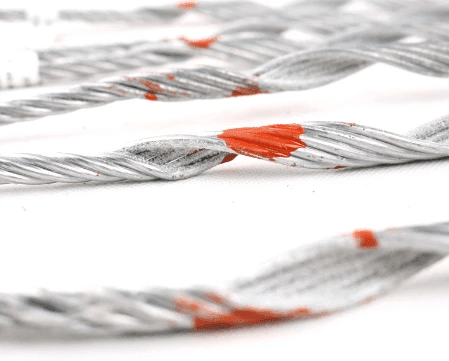
In wrapping up our exploration of guide wires for power poles, it's essential to highlight the critical role these components play in ensuring the stability and safety of electrical systems. Understanding the distinction between terms like guy wire and guide wire can clarify any confusion that might arise in discussions about power pole wiring. Moreover, knowing what kind of wire is on power poles helps in making informed decisions regarding installation and maintenance.
Recap of Guide Wire Essentials
A guide wire for a power pole serves as a support system that stabilizes the structure against wind loads and other environmental factors. It’s crucial to recognize that while some may refer to it interchangeably with guy wire, they have distinct functions in electrical systems. Additionally, understanding what is a guide wire electrical ensures better comprehension of its applications and importance within an overall power distribution network.
Final Thoughts on Wire Selection
When it comes to selecting the right type of wire for your needs, whether you're considering a Guy Wire Line Kit or evaluating insulation options, informed choices are paramount. Factors such as tensile strength, material type, and environmental conditions should guide your selection process effectively. Remember that not all wires are created equal; hence understanding whether power pole wires are insulated can significantly impact both safety and performance.
Resources for Further Information
For those eager to delve deeper into the world of guide wires for power poles or seeking advice from a reputable stay wire manufacturer and supplier, numerous resources are available online. Industry-specific websites often provide detailed specifications on how to select guy wire based on various criteria such as load requirements and installation practices. Additionally, engaging with community forums or consulting professionals can offer insights into common misconceptions regarding terminology like “Is the term guy wire or guide wire?”

